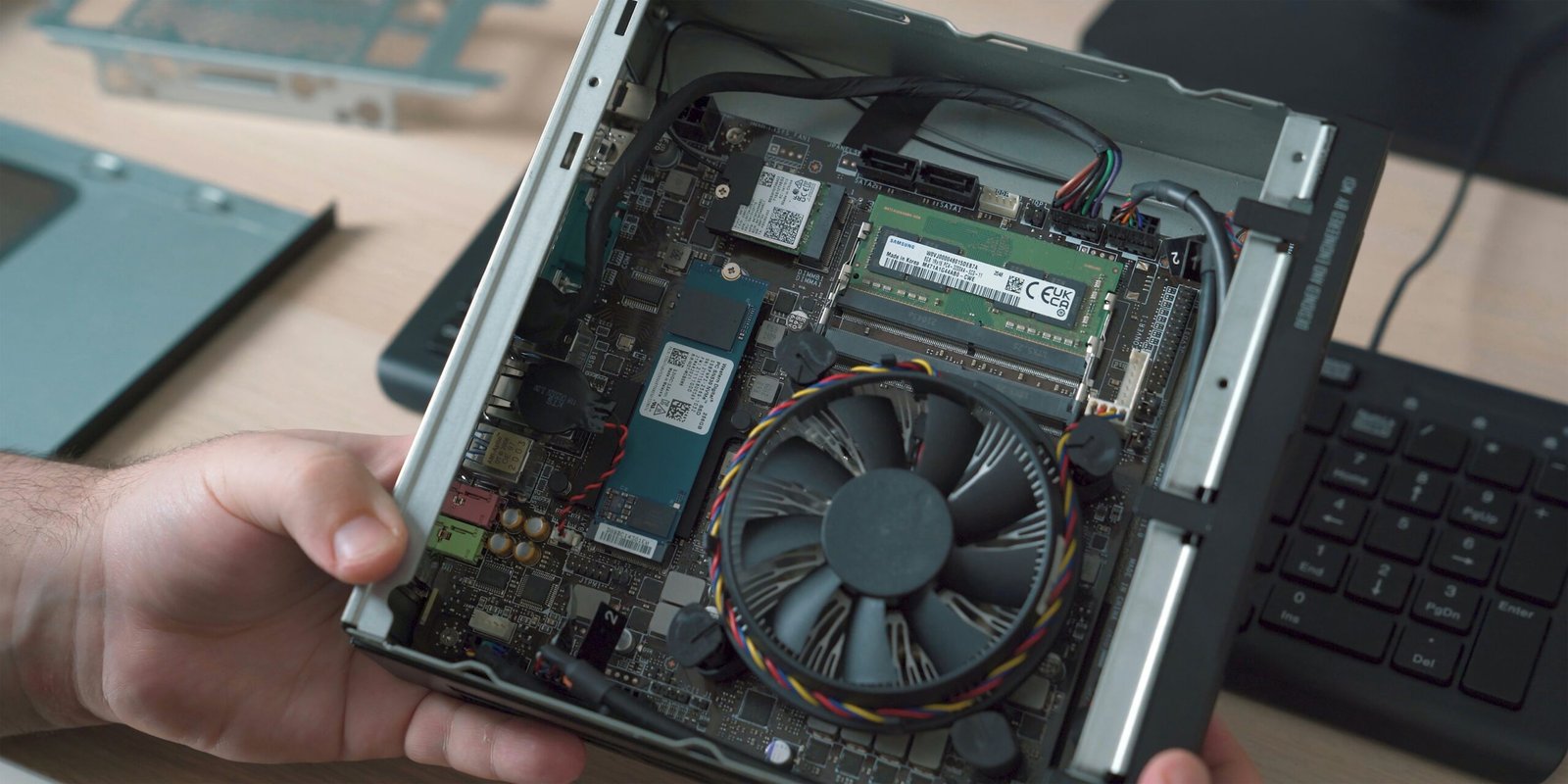Do Capture Cards Get Hot? Exploring Temperature Concerns
Introduction to Capture Cards
Capture cards have become essential tools for gamers, streamers, and content creators. These devices help in recording and streaming high-quality video from gaming consoles, cameras, or other video sources to a computer. However, as with any electronic device, temperatures can rise during use. This blog post aims to address the question: do capture cards get hot?
Why Do Capture Cards Generate Heat?
Electronic devices generate heat as a byproduct of their operation, and capture cards are no exception. When a capture card processes video data, it performs a significant amount of work that requires power. This power usage results in heat generation. Modern capture cards are designed to handle this heat, though it is crucial to monitor and manage it to ensure optimal performance.
Managing Capture Card Temperatures
One key aspect of using capture cards effectively is ensuring they do not overheat. Overheating can affect the performance of the capture card, leading to issues like dropped frames or even hardware failure. Here are some tips to manage temperatures:
- Proper Ventilation: Ensure that your capture card and its surroundings have adequate airflow. Avoid placing your capture card in enclosed spaces.
- Cooling Solutions: Consider using additional cooling solutions like external fans or cooling pads if you notice excessive heat.
- Regular Maintenance: Keep your workspace and equipment clean from dust, as buildup can hinder airflow and cooling efficiency.
Conclusion
In summary, while capture cards do generate heat during operation, they are generally built to manage it within safe limits. Ensuring proper ventilation and taking steps to manage temperatures can help maintain the longevity and performance of your capture card. Pay attention to any signs of overheating to avoid potential issues and enjoy uninterrupted recording and streaming experiences.







